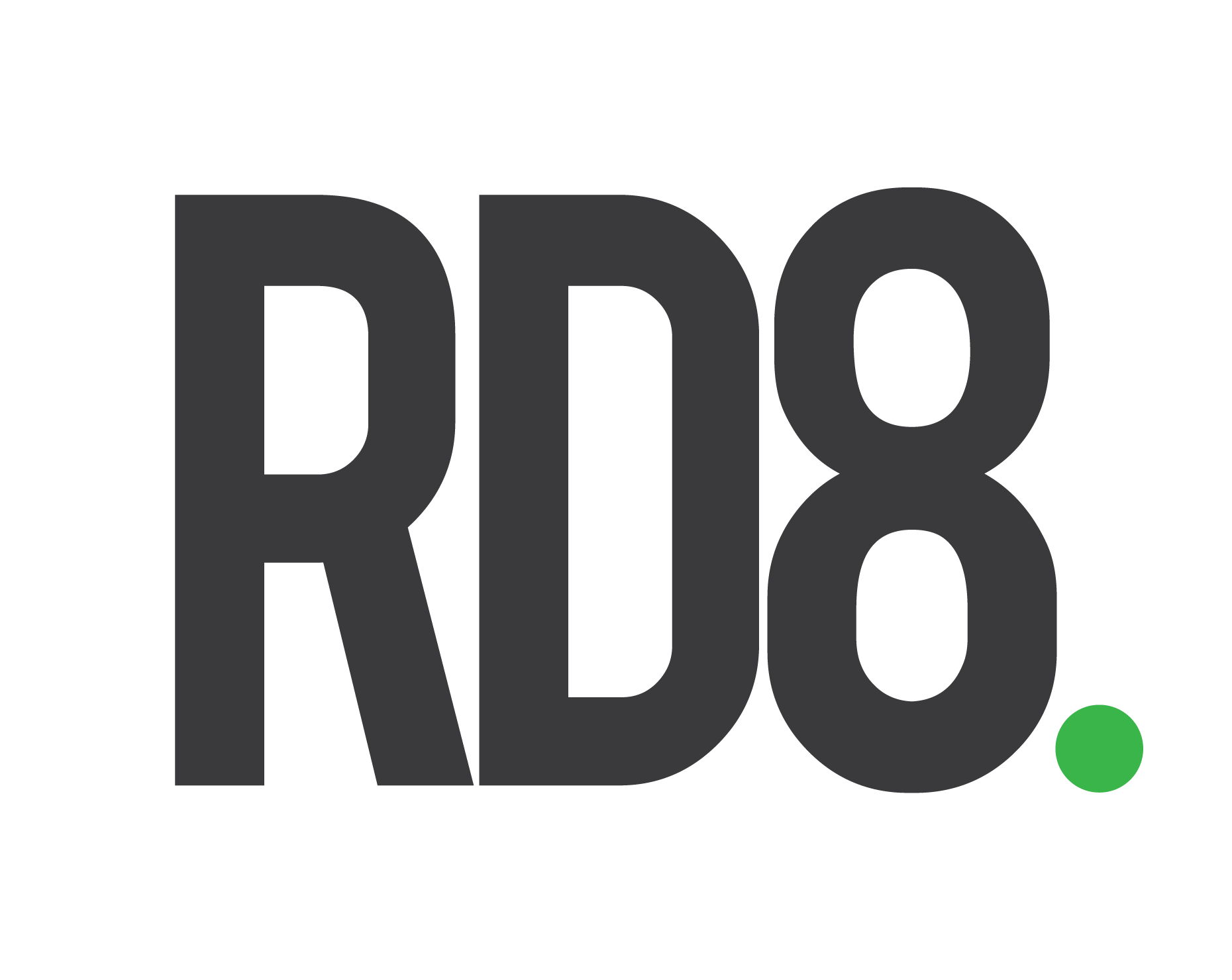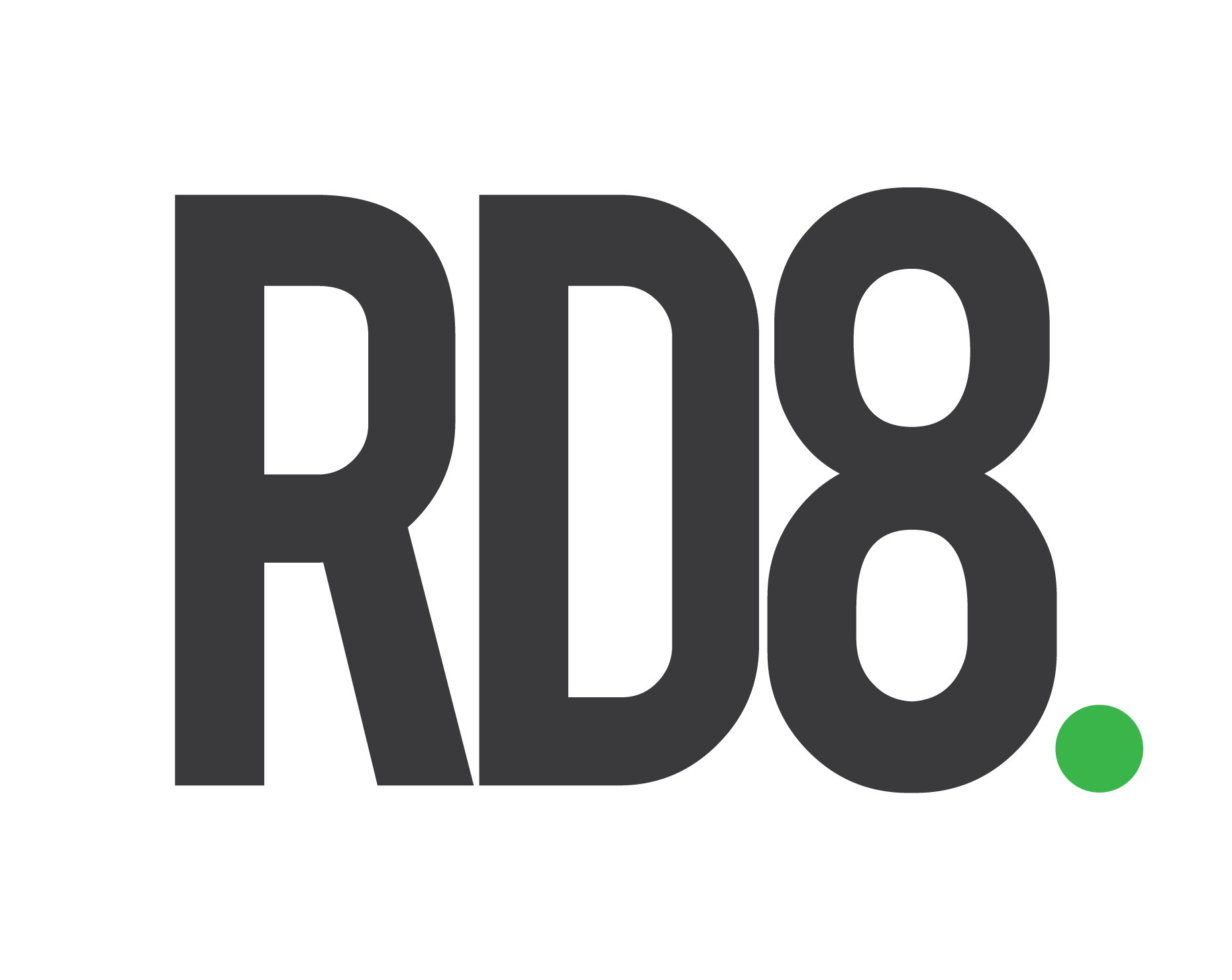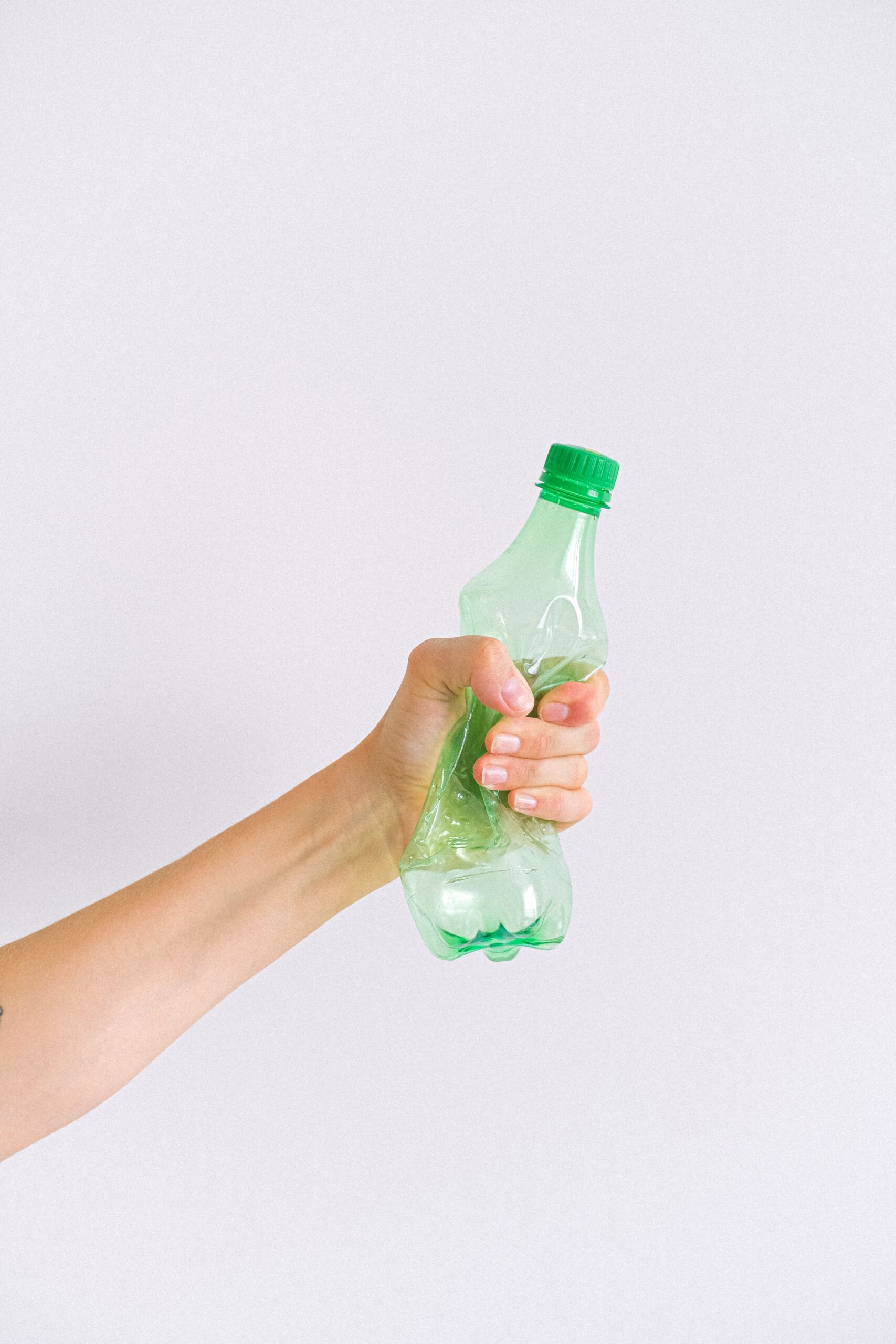Complexity reduction and stress-free design enables use of green materials
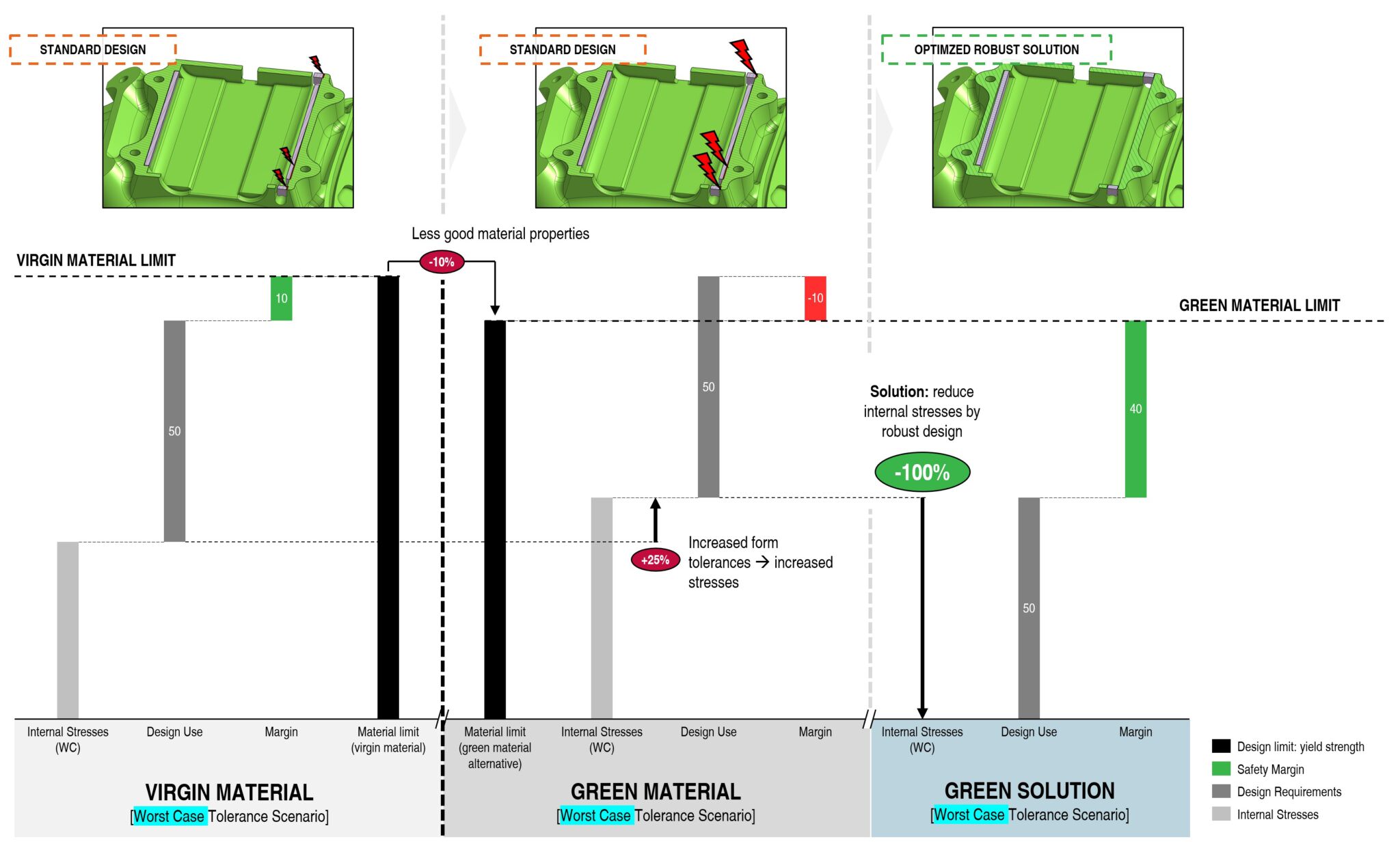
VIRGIN MATERIAL
In most cases regarding standard designs, part variation leads to internal stresses in the design. You can see an example of this in the first column in the graph above.
The given parts in an assembly often have a function. It should be able to withstand a given force or pressure. Components are designed to, in the worst-case scenario (when tolerances are expected to be close to their boundaries), be able to withstand these loads.
The parts are left with a safety margin before the material and design limit: fatigue strength, yield strength, ultimate tensile strength, etc. – depending on the given situation.
GREEN MATERIAL
To RD8 experience – when you swap a virgin material with a greener alternative, two things happen:
- Mechanical properties drop: the mechanical properties are less good than the virgin material – at least in worst-case scenarios – the green alternative has more batch-to-batch variation.
- Increased form variation: the tolerance and form variation of the green produced material parts increase and lead to a further increase in internal stresses in the design.
With the same force/performance requirements, this often leads to a situation where the safety margin to the material limit is hard to maintain.
GREEN SOLUTION
The trick to enabling green materials is to eliminate the internal stresses in the designs enabling an increased safety margin. You do this by complexity reduction of part geometry – to know exactly what function each feature is – and make sure that each feature has a pre-defined function and does not overlap with other functions and hence create a conflict of interests between features.
The example below illustrates how internal stresses can be reduced by Robust Design.
Robust Design enables green materials
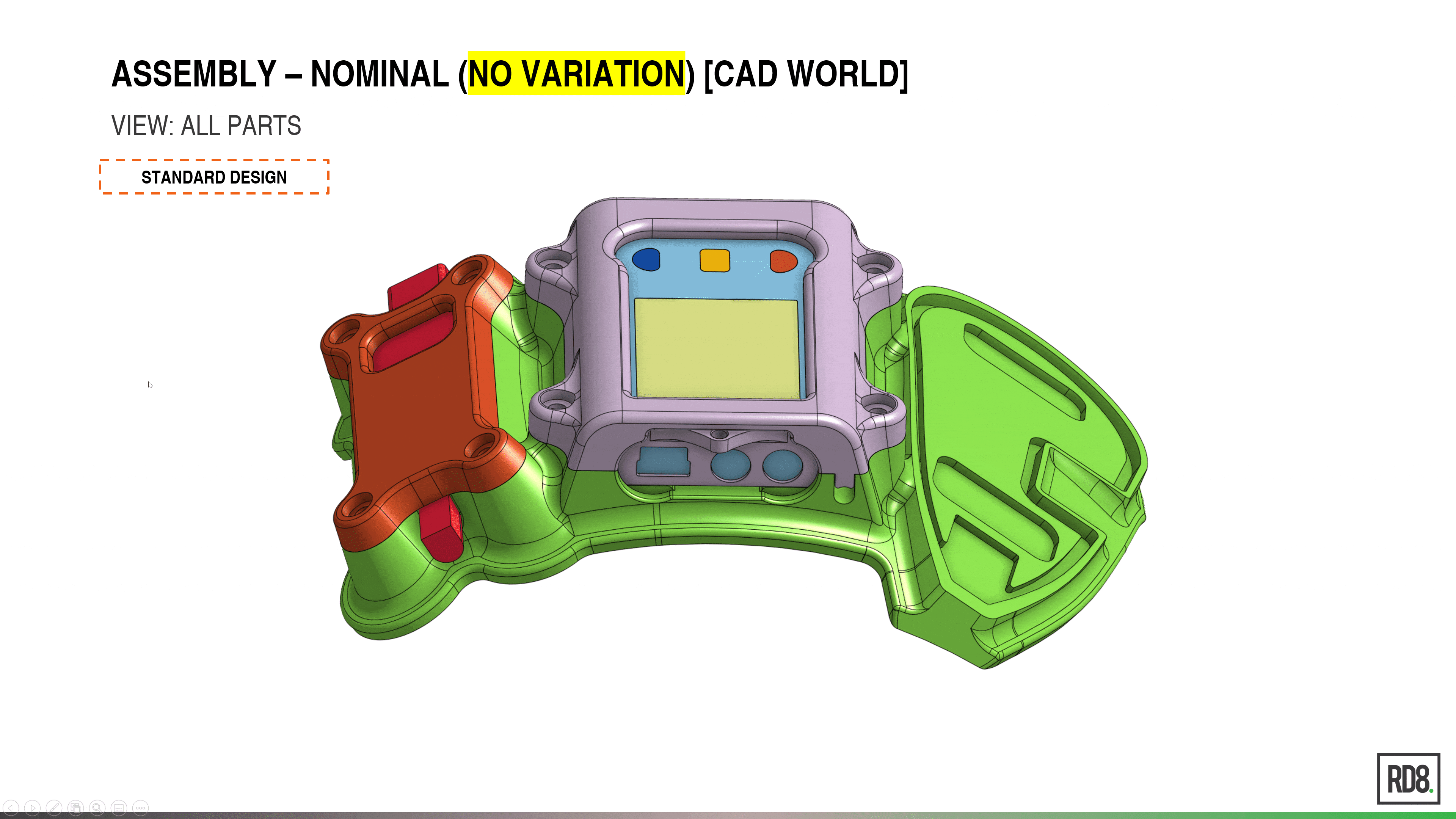
The visualization demonstrates a random product focusing on two parts in the assembly. The illustrations show the difference in resulting stresses when applying worst-case variation.
The “standard design“: induces stress in the worst case. The focused interface has an interface score of 4 – which is not ideal.
The “optimized robust solution” induces no stresses in the worst case and, as a result of this, enables the use of green alternative materials.
Are you interested in hearing more about Robust
Design enables use of green materials?
Book a meeting with us already today
